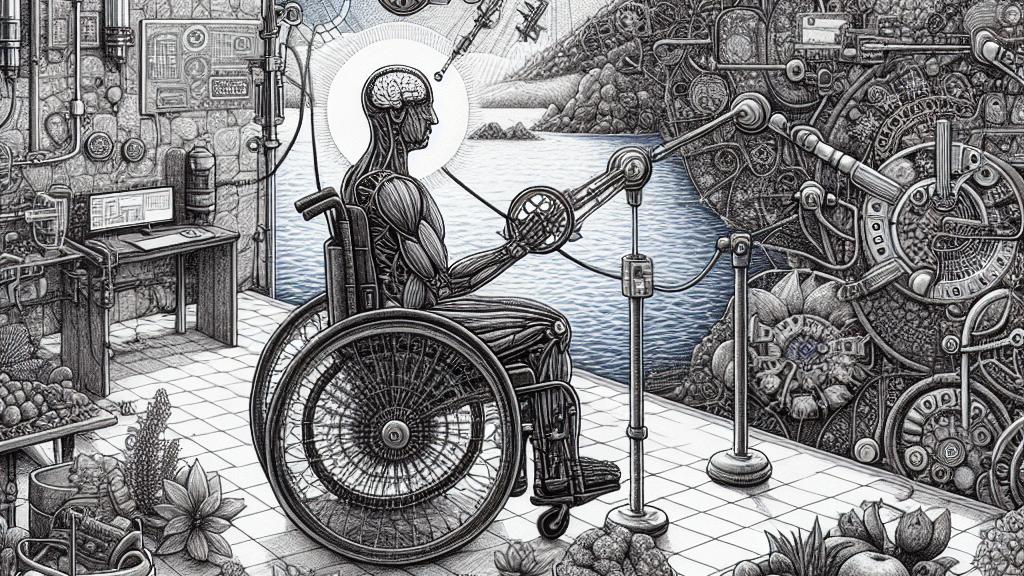Connecting Neuromorphic Systems and Biological Setups with UDP Packets
Overview
- Unveil the captivating fusion of technology and biology through innovative biohybrid systems.
- Explore how the UDP packet format establishes a seamless bridge for communication between complex setups.
- Discover the significant advantages, including dramatically reduced latency and active engagement in real-time data exchange.

Understanding Biohybrids
Picture a future where the boundaries between biological organisms and machines blur into insignificance. This is the promise of biohybrid systems, a revolutionary approach in the domain of brain-machine interfaces. Unlike traditional models where technology merely assists, biohybrids create an intimate connection with biological components, functioning as extensions of human capability. Imagine a paraplegic individual who can control a robotic arm just by thinking about it—this isn't a fantasy; it's the transformative potential of biohybrids in action. By employing a closed-loop interaction model, these systems provide immediate feedback, allowing users to engage in tasks with a level of naturalness that was previously unimaginable, fundamentally changing how we think about human-technology interaction.
The Role of UDP
Now, let's delve into the backbone of this revolutionary communication—User Datagram Protocol, or UDP. Think of UDP as a speedster that relays messages across the internet at lightning speed and without the hassle of setting up a formal introduction. This protocol sends data packets without waiting for confirmations, much like tossing a quick note across a classroom instead of stopping to chat. The innovations brought forth by implementing a custom UDP packet format have led to substantial reductions in both latency and jitter. For instance, in biohybrid experiments where information is transmitted between neuromorphic circuits and biological systems, the immediate responsiveness that UDP provides is crucial. The result? A seamless exchange that allows for a truly interactive experience, making every movement feel fluid and instant.
Real-World Applications
The real-world implications of integrating UDP with biohybrid technology are nothing short of thrilling. Imagine a scenario in a rehabilitation center where patients use brain-controlled prosthetics to regain their independence. With the ability to send and receive information almost instantaneously thanks to UDP, users can execute delicate movements, such as grasping a cup or picking up small objects, with balanced precision. This isn't just about movement; it reflects a larger shift in medical technology towards combining cognitive functions with machinery. Moreover, consider the potential in virtual reality applications—UDP enables immersive environments where users can interact with digital avatars, responding to their thoughts and movements in real time. As we further explore these connections, the blend of biohybrids and cutting-edge communication protocols illustrates the exciting potential for innovation, showing us a glimpse into a future where technology enhances, rather than replaces, human capabilities.

Loading...